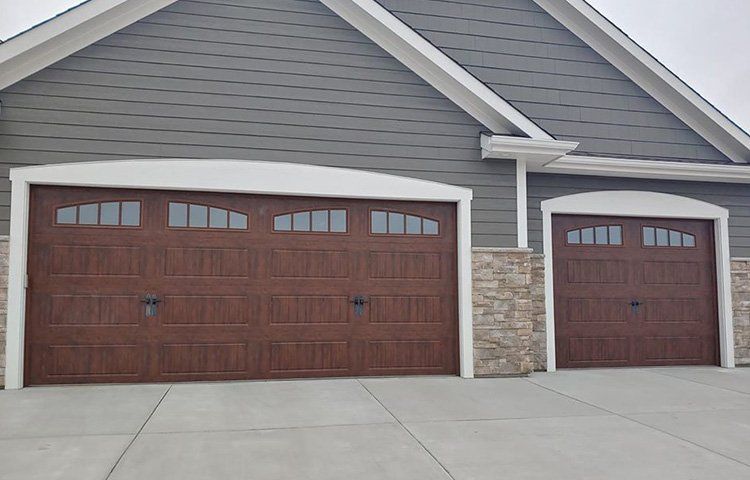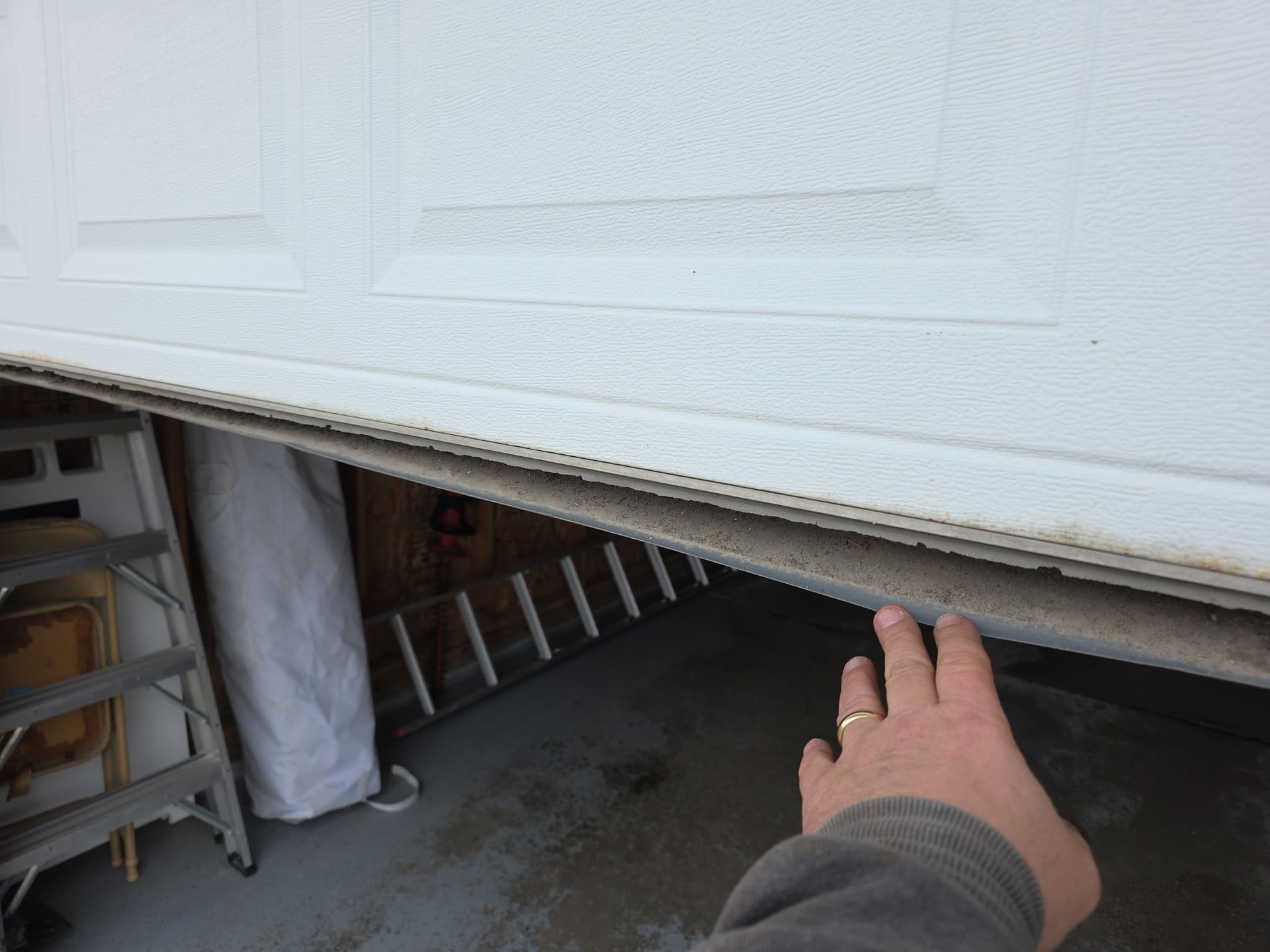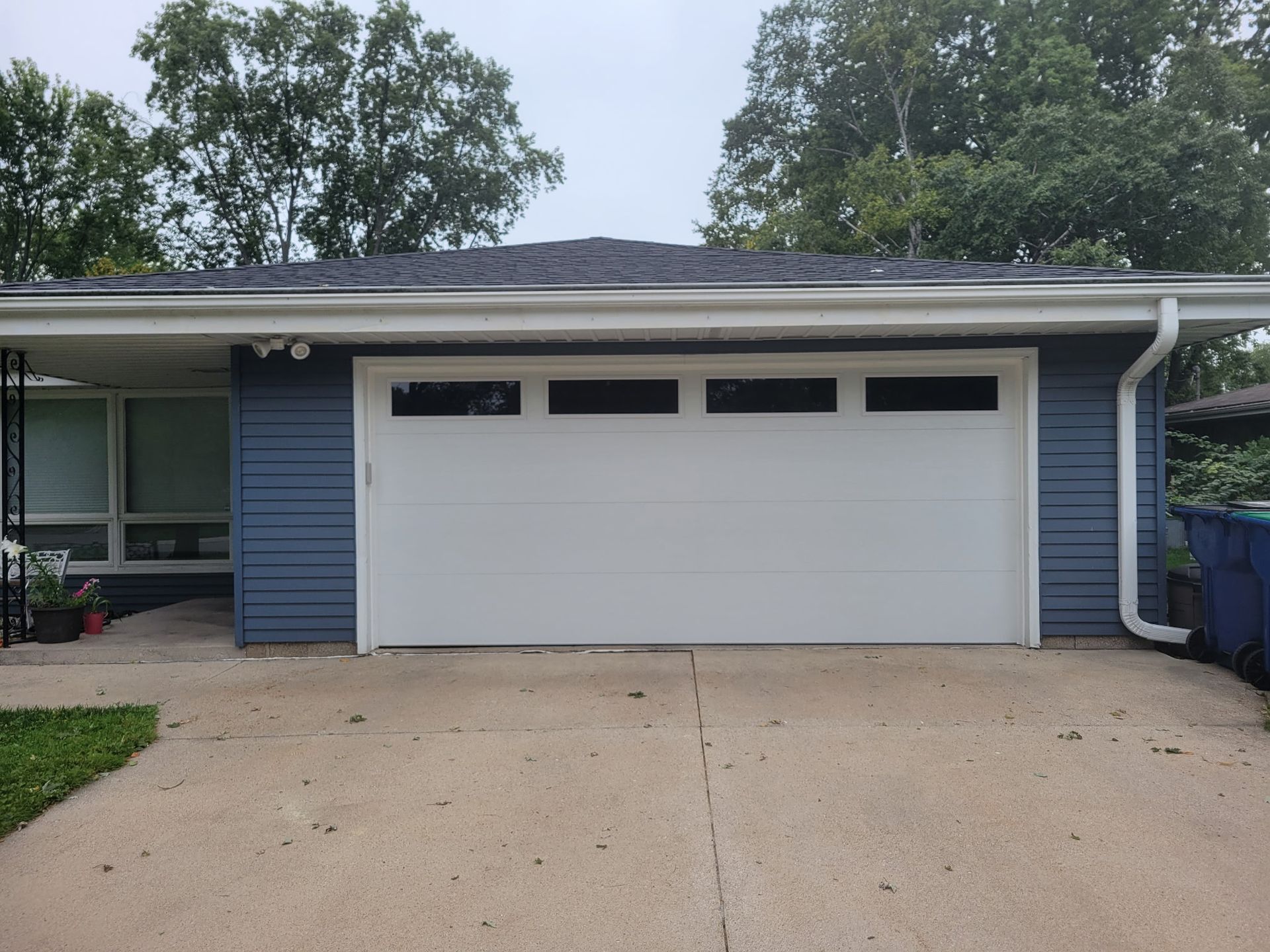Garage doors rely on heavy-duty springs to function properly. When these springs—designed to handle tremendous energy—reach their limits, they can break with a loud cracking sound and fail to perform. If your garage door spring breaks, the only viable solution is to replace it. But what causes this to happen, and were there any warning signs? If you're left wondering about the cause of the breakage and how it could have been prevented, read on as we break down the details for you.
Garage Door Spring Systems: How They Work
To understand why and how a spring might break, it's helpful to first explore how the spring systems work on most residential garage doors. There are typically two different types of springs:
Torsion Springs
Mounted above the garage door inside a steel tube, torsion springs are designed to transfer the weight of the door to an anchor plate. This plate may be attached at the center of the door or along the back of the horizontal tracks if space above the door is limited. Torsion springs help lift the door smoothly and distribute the weight evenly to prevent strain on the system.
Extension Springs
These springs are located above the horizontal tracks on each side of the door. Extension springs provide additional assistance when lifting and lowering the door by extending and contracting. They counterbalance the door's weight, ensuring smooth operation. For safety, professional installations include safety cables to prevent the springs from becoming detached and causing damage or injury.



